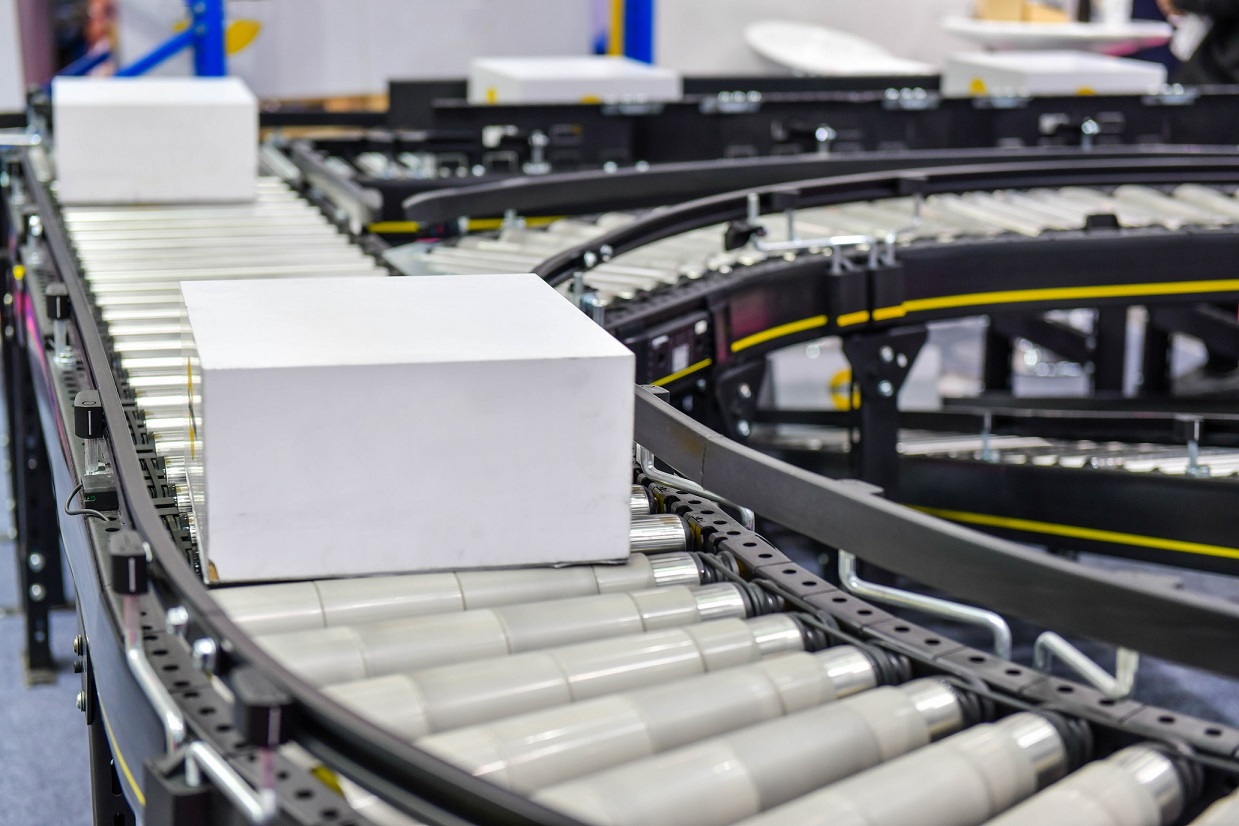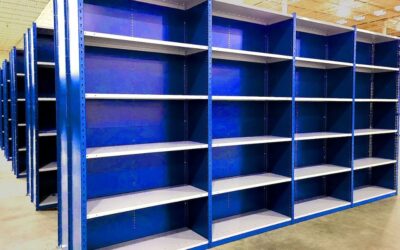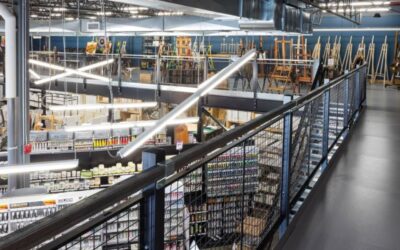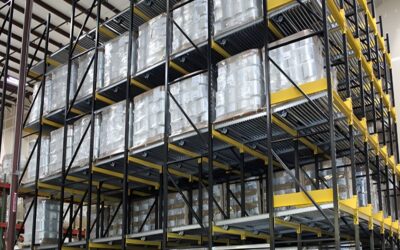The Rise and Role of Automated Conveyor Systems in Modern Industries

In the dynamic landscape of modern industries, the quest for increased efficiency and productivity has led to the widespread adoption of automated conveyor systems. Transforming the handling of materials, these ingenious mechanisms offer a seamless flow that optimizes processes across various sectors. In this blog, we delve into the intricacies of automated conveyor machines. Furthermore, we will explore their significance, applications, and the materials that make them indispensable.
What Are Automated Conveyor Systems?
Automated conveyor structures are advanced mechanical devices designed to transport materials from one point to another within a facility, assembly line, or warehouse without manual intervention. These systems employ a combination of motors, belts, rollers, and other components to facilitate the smooth movement of goods. By automating the traditionally labor-intensive task of material handling, these systems enhance operational efficiency, reduce human error, and contribute to overall cost savings.
Why Are They Necessary?
Efficiency and Productivity
An automated conveyor system is a linchpin in the pursuit of efficiency and productivity. By streamlining the movement of materials, this system minimizes downtime, enhances throughput, and reduces the chances of bottlenecks. Besides this, the automated nature of this conveyor ensures a consistent and reliable workflow. Hence, eliminating the variability associated with manual handling.
Cost Savings
While the initial investment in conveyor systems may seem substantial, the long-term cost savings are significant. The reduction in labor costs, improved energy efficiency, and minimized errors contribute to a rapid return on investment. Companies can allocate human resources to more complex and value-added tasks, further amplifying the cost-effectiveness of these systems.
Safety
Automatic conveyor systems play a pivotal role in creating safer working environments. By minimizing manual handling and reducing the risk of accidents, these systems contribute to improved workplace safety. Furthermore, these systems integrate advanced sensors and safety features, preventing collisions and ensuring the well-being of workers.
Where Are They Used?
Manufacturing Facilities
Firstly, automated conveyor systems find extensive use in manufacturing facilities to transport raw materials, components, and finished products seamlessly. Further, they are instrumental in assembly lines, allowing for efficient movement between different stages of production.
Distribution Centers and Warehouses
In the realm of logistics, automated conveyor machines are indispensable. They facilitate the rapid sorting, packaging, and distribution of goods within warehouses and distribution centers. This is particularly crucial in the age of e-commerce, where quick and accurate order fulfillment is a competitive necessity.
Airport Baggage Handling
Airports leverage mechanical conveyor systems to handle baggage efficiently. These systems ensure that luggage moves seamlessly from check-in to loading and unloading points. Thus, minimizing the risk of delays and errors.
Materials Used in Making Automated Conveyor Systems
Aluminum and Stainless Steel
Manufacturers often construct the framework of many automated conveyor structures from aluminum or stainless steel due to the durability, corrosion resistance, and lightweight nature of these materials. These materials ensure a robust and long-lasting structure capable of withstanding the rigors of continuous operation.
Belting Materials
Manufacturers typically make conveyor belts, a critical component of these systems, from rubber, PVC, or polyurethane materials. The choice of belting material depends on the application’s specific requirements, including the type of materials being transported and environmental conditions.
Motors and Drive Systems
Motors used in computerized conveyor systems are commonly electric, providing the necessary power for smooth operation. Materials such as steel or alloys often ensure durability and reliability in crafting drive systems, which include gearboxes and pulleys.
Conclusion
Latest Blogs
How Modular Cabinets Enhance Warehouse Inventory Control
For more flexibility and management in your warehouse, discover how modular cabinets can improve workflow and inventory control with these features.
How Modular Cabinets Enhance Warehouse Inventory Control
For more flexibility and management in your warehouse, discover how modular cabinets can improve workflow and inventory control with these features.
Important Questions To Ask Before Hiring Mezzanine Builders
To achieve a layout that boosts work productivity, find out what kind of questions you should ask your mezzanine builders before they work in your warehouse.
Effective Strategies for Efficient Pallet Rack Installation
To optimize your warehouse layout, discover how to efficiently install a pallet rack system that maintains and improves work performance across your business.
Questions?
Let’s Chat About Your Warehouse Project Today!
Or all us at 515-635-1555
Save time. We will contact you
Provide your details, and we’ll help you find exactly what you need


